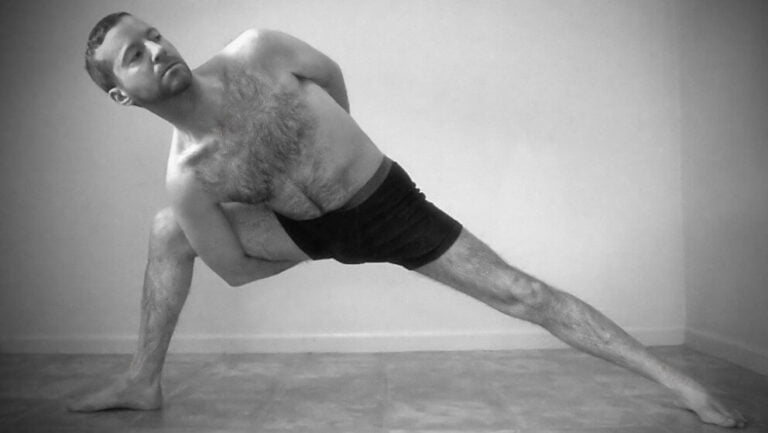A common question asked by yoga students is ‘where should I feel this’. This is often harder to answer than it might seem.
http://loveyogaanatomy.com/where-should-i-feel-this/- by Melanie Cooper
Firstly bodies are complicated things! The old model of individual muscles moving or restricting a single joint is now largely thought to be too simplistic. The body has come to be seen as a system of inter-connecting or even continuous lines of muscles. In this model, a restriction in a muscle or fascia in the foot can be felt as tightness or restriction in the neck. Bodyworkers will also talk about ‘referred pain’, where an injury or restriction in one part of the body is felt as pain somewhere else entirely. So ‘feeling it’ somewhere doesn’t necessarily mean that’s where the problem or restriction is.Also, different people experience pain in a very unique way. What is unbearable agony to one person may be an acceptable level of pain to someone else.
A bit of biology: Pain has two components, first the biological step, something happening in the body that causes signals to the brain that something is going wrong. Then there’s the neurological step, the brain’s perception and emotional reaction to the pain: do we stop everything and focus on the pain? Or grit our teeth and carry on?
So a yoga teacher may say to the class something along the lines of ‘if this is too intense then back off’ but we have no idea how each person defines as ‘too intense’ and each person in the class has no way of knowing exactly what the teacher means.
Also, when we exercise our body produces a cocktail of hormones including endorphins, adrenalin, seratonin and dopamine. These act together to produce feelings of euphoria and well-being. They can also act as pain killers and actually mask pain. So if something feels good within the practice we can’t be sure we are actually feeling the real sensations and not just cruising on an endorphin high.
Secondly, asana are complicated things! Take for example a simple forward bend. This could be restricted by most of the muscles in the back of the body including the fascia in the feet, calf muscles, hamstrings, gluteus maximus, the other muscles deep in the hips, the muscles in the back including the erector spinae, quadrates lumborum and the muscles in the side of the body including the obliques and latissimus dorsi. So each person in a yoga class may have a completely different combination of restrictions in one or more of these muscles or groups of muscles or in the fascia.
So the short answer to the question ‘where should I feel this?’ is ‘it’s complicated!’. Maybe you won’t feel anything, maybe each person will feel it somewhere different. One thing seems clear to me after nearly two decades of teaching, the ‘no pain no gain’ mentality is very strongly entrenched. So many people seem to believe that if they’re not experiencing pain and pushing their stretch to the limits they’re not doing it properly. If, as most people will say when asked, we are doing our practice to connect to our body, to feel good, to increase our sense of well being and our sense of community, why do we push to our absolute limit grit our teeth and put up with pain in the hope of getting our knees closer to the floor in baddhakonasana? We have gone down a strange side alley in yoga and have become obsessed with flexibility and making crazy shapes with our body. I love asana as much as anyone – but it’s not worth injuring ourselves to put our leg behind our head – as Vanda Scarilelli says ‘don’t sacrifice your body for the glory of the pose’ and don’t worry if you’re not ‘feeling it’ anywhere.
References
The inter-connectedness of the body and fascia See The Liberated Body’s online pdf Why Fascia Matters
Can we trust what ‘feel good’ in our body Matthew Remski blog WAWADIA Update No 8 Notes of my Hospitalisation

